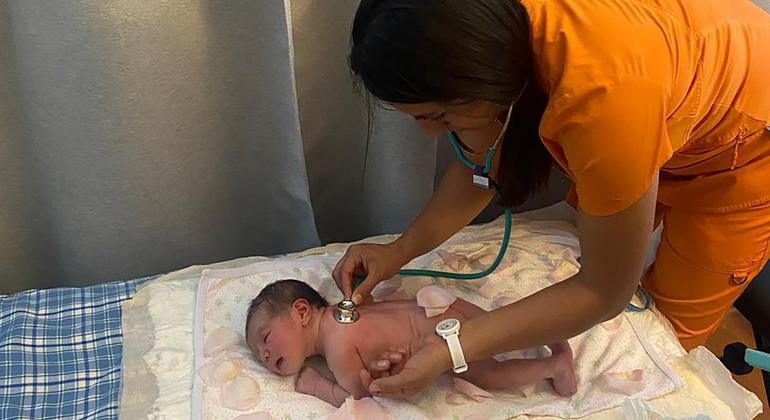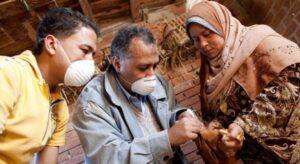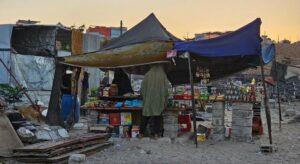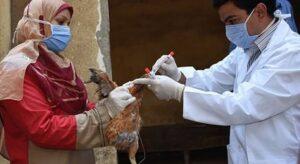The study from the World Health Organization (WHO) reveals that they may be responsible for a Dramatic reduction in life expectancy Both in both rich and poor countries.
For example, People living in the country with the highest expected life expectancy will live on average 33 years longer than those born in the country with the lowest Expected life expectancy.
An unlike world
“Our world is an unlike world. Where we are born, growing, liver, working and age affecting our health and well-being,” said WHO Head of Director Tedros Adhanom Ghebreyesus.
Inequalities in health are closely linked to degrees of social disadvantage and levels of discrimination.
“Health follows a social gradient by which the more deprived of the area where people live, the lower their incomes“Who said.
Inequalities are worsened in particular in populations facing discrimination and marginalization, such as indigenous peoples who have lower life expectancy than their non-utility colleagues.
This is the case in both high and low -income countries.
The main goals at risk
The study is the first to be published since 2008 when the WHO Commission for Social Determinants for Health released its final report to set goals for 2040 to reduce spaces between and within countries of life expectancy, childhood and maternal mortality.
It shows that these goals are likely to miss, and despite a lack of data, there is sufficient evidence to show that health inequalities are often expanded.
For example, children are born in poor countries 13 times more likely to die before their fifth birthday than in richer countries.
In addition, modeling shows that life for almost two million children could be saved annually by closing the gap and increasing the equity between the poorest and richest sectors of the population in low and middle-income countries.
Although maternal mortality declined by 40 percent between the years 2000 and 2023, most of the deaths, 94 percent, still occur in countries with low and lower average income.
Appeal to action
That calls for collective action to tackle financial inequality and invest in social infrastructure and universal public services.
The agency also recommends other steps, including overcoming structural discrimination and determinants and effects of conflicts, emergencies and forced migration.



